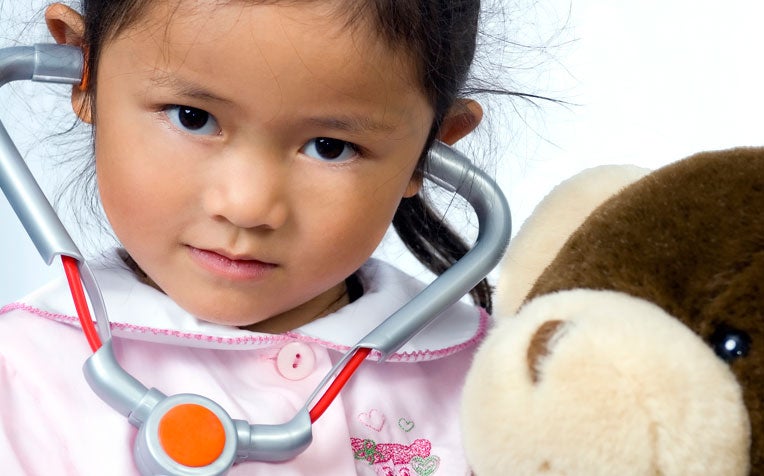
Epilepsy is a condition where the patient experiences seizures.
There are multiple options available for the treatment and management of epilepsy. These may involve medication, special dietary therapy and surgery. In children who have a benign form of epilepsy, treatment may be started if the seizures are frequent. Treatment for a few years can help control the seizures, giving the child time to outgrow the disease while avoiding the side effects of the seizures – cognitive and behavioural impairment. In the more severe cases, despite treatment, the seizures can continue or even worsen as the child gets older.
At KK Women’s and Children’s Hospital (KKH), a number of doctors take a holistic view to the treatment of epilepsy. “While anti-seizure medicine is the first line of treatment, management is tailored to each individual case,” adds Clinical Associate Professor Derrick Chan, Head and Senior Consultant, Paediatric Neurology Service, KK Women’s and Children’s Hospital (KKH), a member of the SingHealth group.
Anti-seizure medicine
Half of patients will respond to the first medicine prescribed and a further 20 per cent will respond to the second medicine. However, about one-third of patients won’t respond to any drug. “We then have to consider other options such as surgery which may be better than trying multiple medicines.”
Epilepsy surgery
Epilepsy patients for whom epilepsy surgery may be an option have to undergo a thorough evaluation to determine if there is any structural cause for their seizures. “In these cases, surgery can be curative. We have some patients who are seizure-free and off medication after surgery,” says Dr Chan.
The ketogenic diet
Another treatment method is the ketogenic diet, a high-fat, moderate-protein and low-carbohydrate diet that forces the body to burn fat for fuel. This diet has been found to be effective in treating epilepsy in some patients.
“We’ve treated patients who can’t be helped by surgery but the ketogenic diet worked for them and brought the disease under control,” says Dr Chan. “We usually use this diet for children in whom medicines haven’t worked, and who typically aren’t candidates for surgery.”
KKH has a multidisciplinary ketogenic diet clinic where children are evaluated for their suitability for this type of treatment and managed. Patients are given the diet for 3-6 months and if they respond to it, the diet is continued for a few years under close monitoring. Patients can eventually be slowly weaned off the diet.
“The ketogenic diet is strict and can be difficult to follow. It requires a lot of discipline with portions weighed carefully. This diet is also not healthy so we have to monitor the child closely for constipation, cholesterol levels and kidney stones,” says Dr Chan.
Facts about childhood epilepsy
- At KKH, about 150 new patients are diagnosed with afebrile seizures and epilepsy every year.
- Around 50 million people worldwide have epilepsy according to the World Health Organization (WHO).
- The proportion of the general population with active epilepsy requiring treatment is estimated to be between 4 to 10 per 1,000 people (WHO).
Epilepsy Action Plan
KK Women’s and Children’s Hospital has prepared an Epilepsy Action Plan to guide parents and caregivers in providing safe and effective care for children with epilepsy. This handy instructional guide features pictures to illustrate the appropriate positioning of the child and the administration of medication during a seizure. It also uses colour-coding to represent the three levels of severity of the child’s seizures – green is for short seizures, yellow for prolonged or a cluster of seizures, and red for more severe seizures – and the action and medication required in each case.
At KKH, caregivers of children who are at risk of repeat epilepsy seizures now receive the Epilepsy Action Plan, which is customised with the type, dosage and frequency of medication for short and prolonged seizures. The plan is complemented by epilepsy counselling by pharmacists to educate caregivers on the medication and dosage instructions.
Go back to the previous page for the causes of child epilepsy and types of seizures.
Ref: S13
Contributed by
















 Get it on Google Play
Get it on Google Play